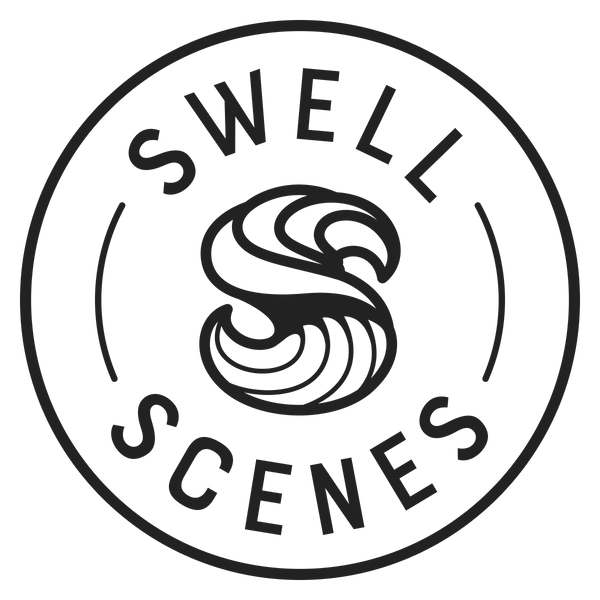Buy 1 Get 1 FREE Holiday Poster Sale!
Discount applied at checkout. Minimum of 2 posters.
Thomas Edison Estate Poster | Fort Myers Florida Art | Historic Gift
Thomas Edison Estate Poster | Fort Myers Florida Art | Historic Gift
Couldn't load pickup availability
Celebrate American ingenuity and tropical beauty with this Thomas Edison Estate Poster by Swell Scenes. Featuring the elegant architecture of Seminole Lodge surrounded by lush botanical gardens and towering royal palms along the Caloosahatchee River, this artwork honors the beloved winter retreat of America's greatest inventor. Perfect for history enthusiasts, Fort Myers residents, Edison admirers, and anyone who appreciates where innovation met paradise in Southwest Florida.
Why You'll Love It
- Historic American Landmark: Celebrates Seminole Lodge, Thomas Edison's winter home from 1886-1931 where the legendary inventor spent winters conducting experiments and cultivating exotic plants.
- Tropical Elegance: Showcases Edison's renowned botanical gardens featuring hundreds of plant species, many personally collected from around the world for his rubber experiments.
- Perfect Florida Gift: Ideal for Fort Myers locals, Edison & Ford Winter Estates visitors, history buffs, Florida heritage lovers, or anyone inspired by American innovation.
- Educational Decor: Adds historic significance and Southwest Florida beauty to homes, offices, libraries, classrooms, or any space celebrating American inventors and Gulf Coast heritage.
About Thomas Edison's Fort Myers Estate and American Innovation
Thomas Edison's Winter Estate, known as Seminole Lodge, stands as one of America's most significant historic sites—the beloved tropical retreat where the world's most prolific inventor spent over 45 winters conducting experiments, cultivating rare plants, and entertaining fellow innovators along Fort Myers' picturesque Caloosahatchee River. Thomas Alva Edison, holder of 1,093 U.S. patents including the phonograph, motion picture camera, and practical electric light bulb, purchased the Fort Myers property in 1885 (construction completed 1886) seeking a warm climate for both health and scientific work during harsh Northern winters. The estate served not merely as vacation residence but as active laboratory and botanical garden where Edison pursued diverse research projects—most notably his quest to develop domestic rubber production using goldenrod and other plant species. Edison's Fort Myers laboratory housed equipment for chemistry experiments, metallurgical research, and his famous quest to find suitable filament materials for incandescent bulbs. The estate's significance multiplied when Henry Ford, Edison's close friend and founder of Ford Motor Company, purchased the adjacent property in 1916, creating a unique historic compound where two titans of American innovation lived and worked side by side. The friendship between Edison and Ford—the inventor who electrified the world and the industrialist who mobilized it—represents one of history's most fascinating relationships, with countless conversations about innovation, business, and progress occurring on these very grounds. Today, the Edison and Ford Winter Estates operate as a public museum complex attracting over 200,000 visitors annually, offering tours of the historic homes, Edison's laboratory, the impressive museum containing hundreds of Edison inventions and artifacts, and the spectacular 21-acre botanical gardens. The gardens represent Edison's lifelong fascination with botany and his belief that plants held solutions to industrial challenges. Edison personally collected plant specimens during travels worldwide, establishing one of America's finest botanical collections featuring over 1,700 plant varieties—many exotic species rarely seen in the United States. The estate's iconic royal palms, gifted to Edison by Harvey Firestone, tower over the property creating the distinctive silhouette visible in historical photographs and immortalized in this artwork. These palms, among the first planted in Florida, inspired Fort Myers' transformation into the "City of Palms," with thousands of royal palms now lining city streets in tribute to Edison's influence. The banyan tree on the property, a gift from tire magnate Harvey Firestone in 1925, has grown into one of the largest in continental United States, spreading over an acre with aerial roots creating a natural cathedral—a living monument to enduring friendship and organic growth that Edison himself would have found fascinating. Edison's Fort Myers years coincided with some of his most important work. Though he'd achieved fame and fortune through earlier inventions, Edison continued prolific research throughout his Fort Myers stays, driven by insatiable curiosity and desire to solve problems through innovation. His rubber research, conducted extensively at the Fort Myers laboratory during the 1920s, aimed to free America from dependence on foreign rubber supplies—a quest born from patriotism and scientific challenge. Edison tested thousands of plant species, ultimately identifying goldenrod as promising domestic rubber source, though synthetic rubber developments eventually solved the supply issue through different means. The estate reflects Edison's personality and values: practical architecture designed for function and Florida's climate, laboratories equipped for serious work rather than leisurely retirement, gardens that combined beauty with scientific purpose. Edison famously said "We don't know a millionth of one percent about anything," embodying the humble curiosity that drove his relentless experimentation. His Fort Myers estate provided the peaceful, tropical environment where this curiosity could flourish away from New Jersey's industrial demands. Fort Myers itself owes much to Edison's presence. When he arrived in 1885, Fort Myers was a small frontier town of about 300 people. Edison's celebrity and the resulting publicity attracted other wealthy Northerners to Southwest Florida, spurring development and establishing Fort Myers as desirable winter destination. The city's growth from frontier settlement to thriving Gulf Coast community parallels Edison's own transformation of the estate from wilderness property to botanical showcase. For Fort Myers residents, the Edison Estate represents civic pride and historic distinction—the connection to America's greatest inventor sets Fort Myers apart from other Florida cities. For visitors, touring the estate provides intimate glimpse into Edison's daily life, his working methods, the relationship with Ford, and the golden age of American innovation. The museum's extensive collection includes early phonographs, light bulbs, telegraph equipment, and countless artifacts documenting Edison's 60-year career. Whether you've toured the estate and walked through Edison's laboratory, strolled the botanical gardens admiring exotic plants, stood beneath the massive banyan tree, visited Fort Myers specifically for this historic site, studied Edison's contributions to American innovation, or simply appreciate the intersection of genius, tropical beauty, and American history, this poster celebrates Seminole Lodge's enduring legacy. It honors Edison's passion for invention and horticulture, the friendship with Ford that defined an era, the botanical gardens that continue thriving generations later, and the Winter Estate's role in Southwest Florida's transformation from wilderness to paradise. The artwork captures the elegant architecture, lush tropical setting, and historical significance that make the Edison Estate one of Florida's most treasured landmarks.
Print & Frame Details
- Premium 189gsm matte paper using archival pigment inks
- Elegant colors capturing historic architecture and tropical botanical gardens
- Framed options include a 0.75″ (1.9 cm) Ayous wood frame in black, white, or natural
- Lightweight Acrylite front protector and hanging hardware included
- Available in multiple sizes perfect for homes and educational spaces, framed or unframed
- Printed to order to reduce waste and support sustainable practices
Thoughtful Craftsmanship
At Swell Scenes, every print is made to order with museum-quality materials. Our historic landmark series celebrates American innovation and treasured sites — made for history enthusiasts, educators, and those who appreciate the places where genius flourished.
About Swell Scenes
Swell Scenes transforms historic landmarks and significant sites into bold, beautiful artwork that fits any space. With a passion for American history, Florida heritage, and design, our posters honor the places that shaped our nation and inspire future generations.
Share
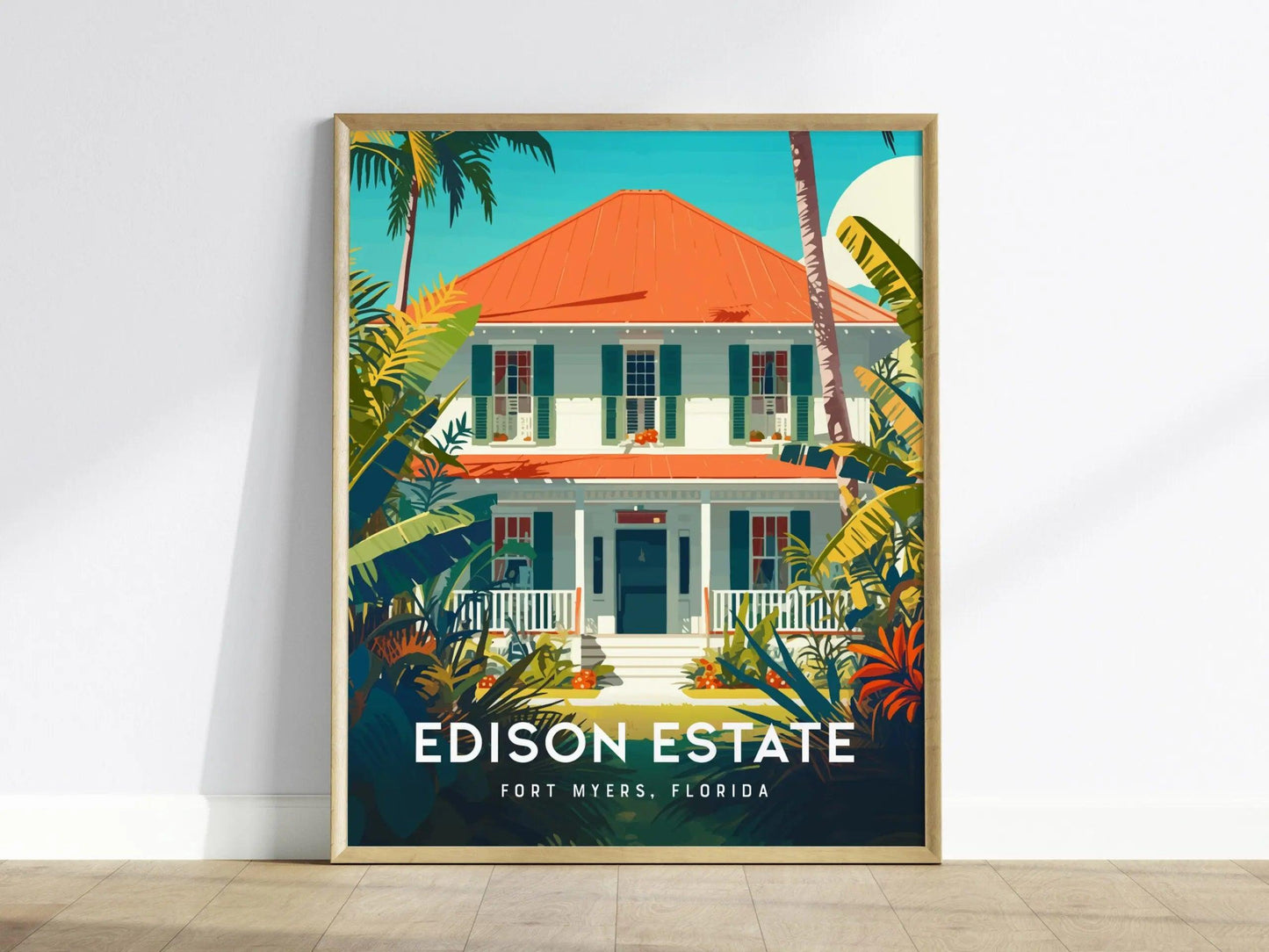








★★★★★ | 300+ 5-Star Reviews
-
As Seen On
-

-

-

-

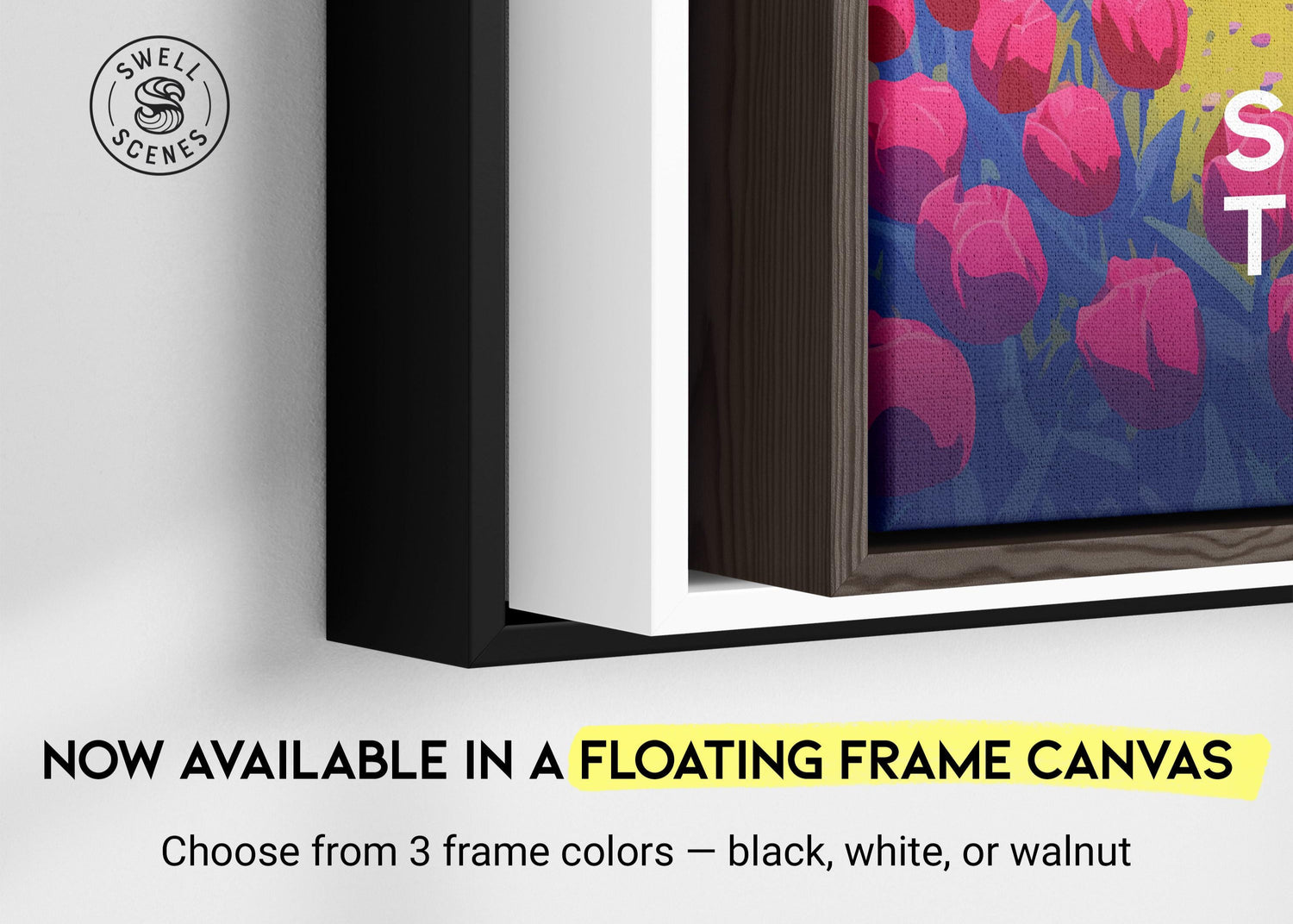
Framed Floating Canvases
Our floating framed canvas prints offer superior quality and the ultimate elegant look at an affordable price.
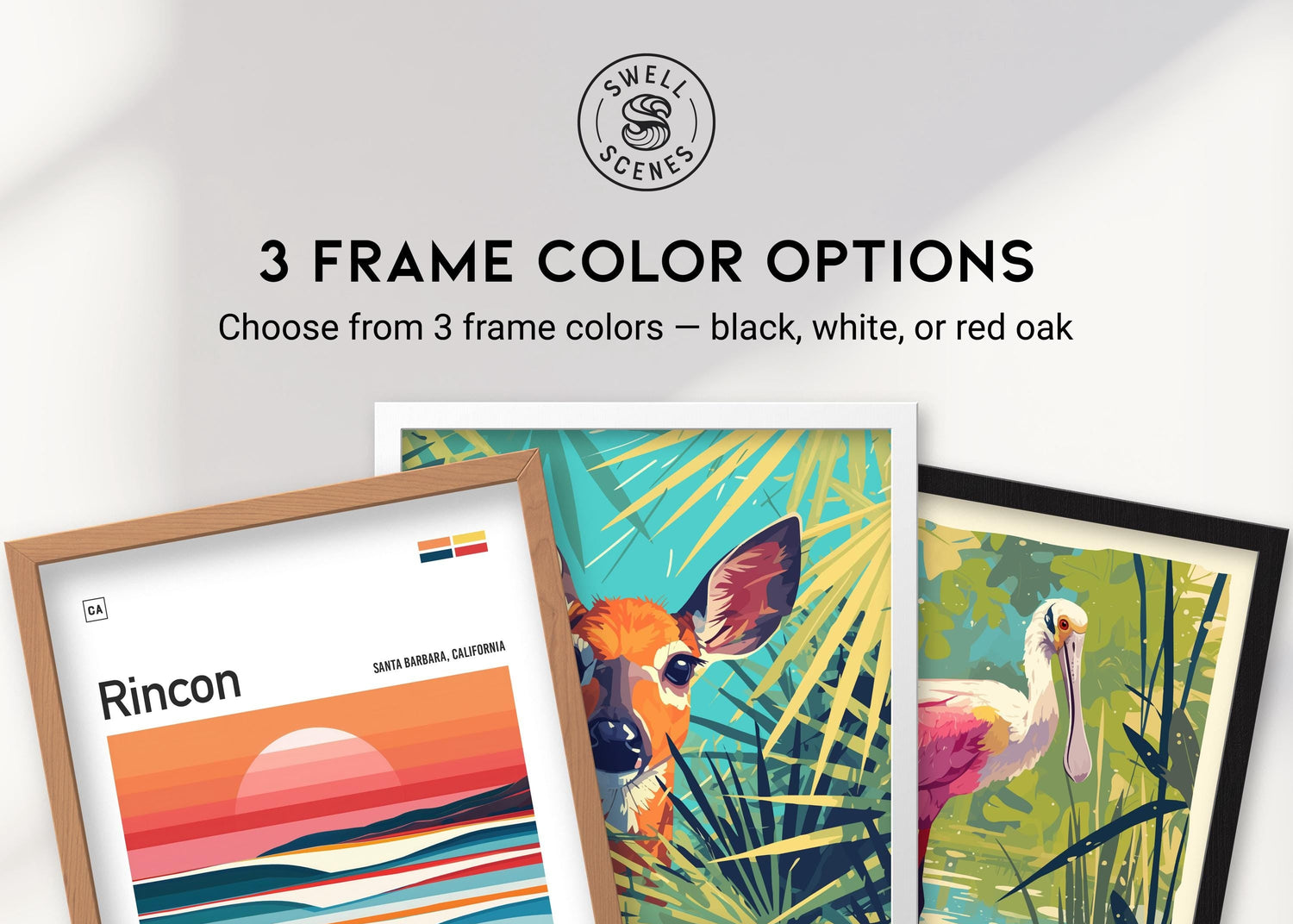
Wood Frames
Our Ayous wood frames are lightweight, durable, and available in three colors. These frames are classic and classy.
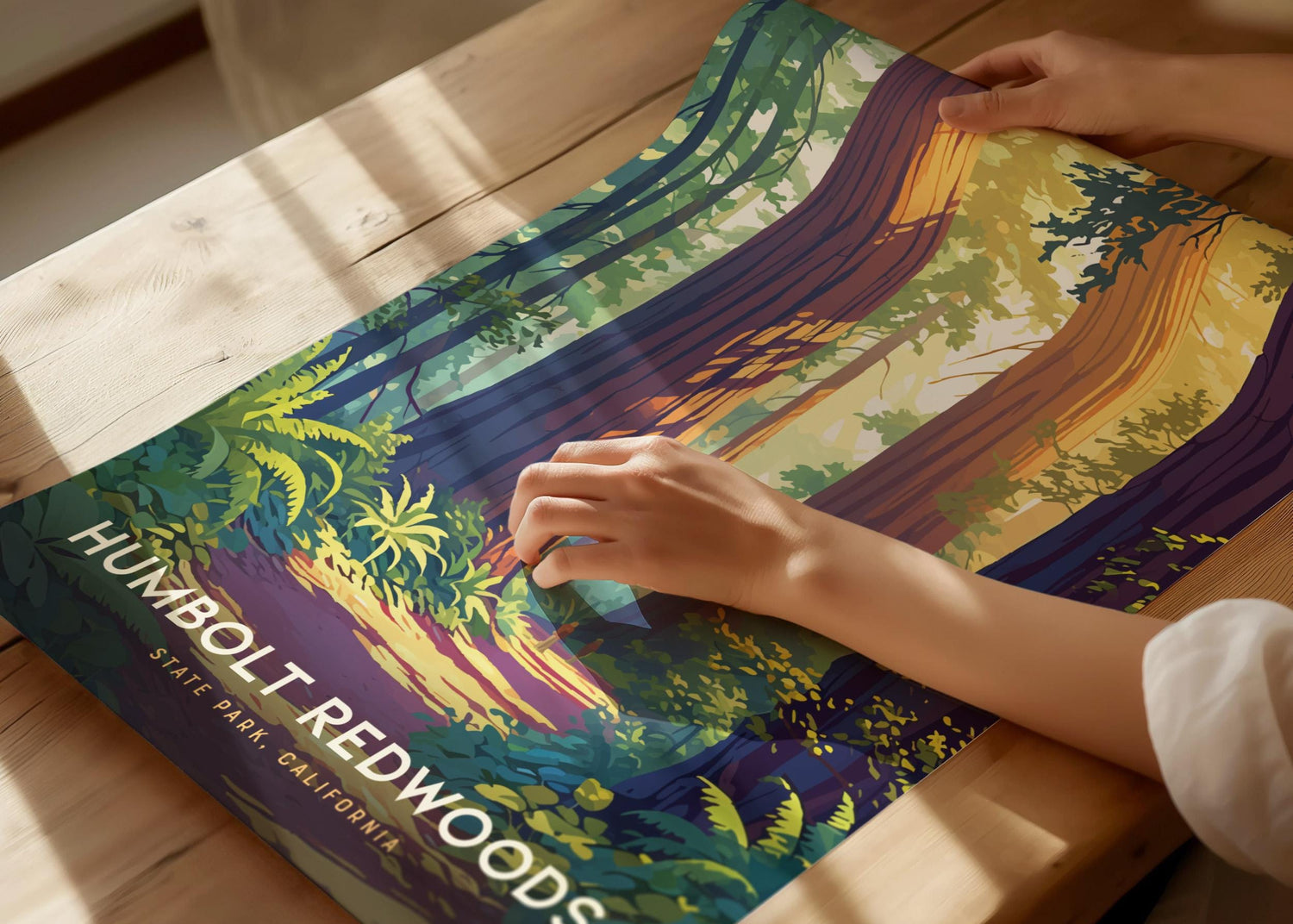
Museum-Quality Prints
Our posters are printed on thick matte paper using a multicolor, water-based inkjet printer that makes for brilliant colors.
FAQs
What are the shipping costs?
Free. All Swell Scenes art prints include free shipping. The price you see is what you actually pay.
How long does it take to receive my order?
Most orders are printed, framed, and shipped within 3–4 business days. Delivery usually takes about a week depending on your location.
Are the prints ready to hang?
Framed prints arrive ready to hang with hardware already installed. Unframed prints are rolled and shipped in a sturdy tube for protection.
What kind of paper do you use?
Each print is made on museum-quality, thick matte paper with archival inks for rich color and lasting quality.
Can I get a custom size or frame color?
We currently offer a curated range of standard sizes and frame colors to ensure perfect quality and fit. If you need a specific size, reach out — we may be able to help.
Will the colors look the same in person?
Yes, but slight variations can occur due to monitor calibration and lighting. Each print is color-checked before shipping to match the artist’s original design.
Where are the prints made?
All Swell Scenes artwork is printed and framed in the U.S. using trusted print partners who specialize in fine art reproduction.
What is Acrylite and why do you use it?
Acrylite is a crystal-clear acrylic that protects your artwork like glass but is lighter, more durable, and shatter-resistant — perfect for home or gallery walls.
Do the prints come signed or numbered?
Our open-edition prints are not numbered, but each piece is part of our exclusive Swell Scenes collection and designed by our in-house artists.
Do you offer returns or replacements?
Yes. If your order arrives damaged or defective, we’ll replace it at no cost. Just contact us within 14 days with photos and your order number.

